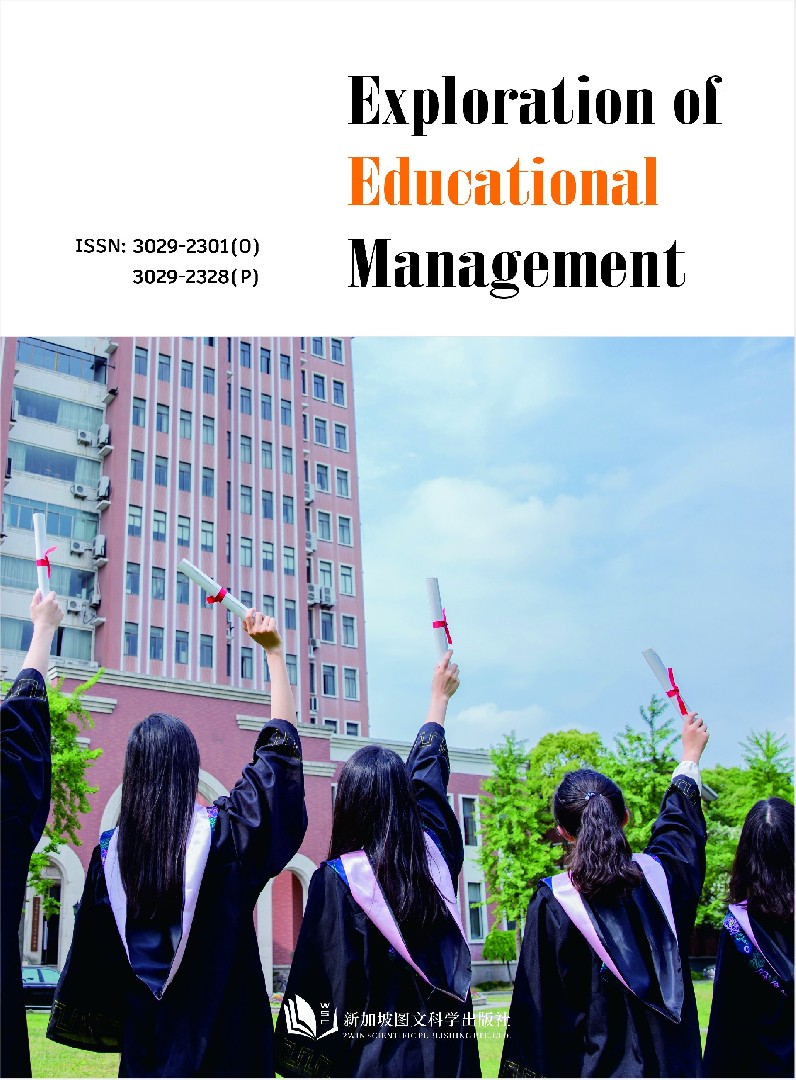作者
Mingjie Feng
文章摘要
Summary writing is not only a core skill for Chinese English major students but also an indispensable part of their academic life, especially playing a significant role in the English Major Level 4 (TEM-4) and English Major Level 8 (TEM-8) examinations. These exams assess not only students’ language abilities but also serve as an important test of their comprehensive ability to use English for academic expression. However, students often face multiple challenges when engaging in effective summary writing: they may struggle to identify and extract key information from the original text; avoid unintentional plagiarism; meet the examination’s strict requirements for word count and content; organize their thoughts coherently and orderly; and overcome expression barriers due to insufficient language proficiency. Moreover, many students may not have mastered effective summary writing strategies, which further increases their difficulties in this area. This paper aims to delve into the aforementioned challenges and synthesize various strategies proposed in the current literature, in hopes of providing practical guidance and suggestions for Chinese English major students to improve their summary writing skills.
文章关键词
Summary Writing; EFL Students; Writing Instruction
参考文献
[1] Bean,J.C.,&Melzer,D.(2021).Engaging ideas:The professor’s guide to integrating writing,critical thinking,and active learning in the classroom.John Wiley&Sons.
[2] Belcher,D.D.,&Hirvela,A.(Eds.).(2001).Linking literacies:Perspectives on L2 reading-writing connections.Ann Arbor:University of Michigan Press.
[3] Halliday,M.A.K.,&Martin,J.R.(2003).Writing science:Literacy and discursive power.Routledge.
[4] Hinkel,E.(2002).Second language writers’text:Linguistic and rhetorical features.
[5] Hyland,K.(2015).Teaching and researching writing.Routledge.
[6] Johns,A.M.(1997).Text,role,and context:Developing academic literacies.Cambridge University Press.
[7] Leki,I.(1992).Understanding ESL writers:A guide for teachers.Heinle&Heinle Publishers.
[8] Marshall,S.(2017).Advance in academic writing:Integrating research,critical thinking,academic reading and writing.Montréal:Pearson.
[9] Swales,J.M.,&Feak,C.B.(2012).Academic writing for graduate students:Essential tasks and skills.University of Michigan Press ELT.
[10] Chen,Y.S.,&Su,S.W.(2012).A genre-based approach to teaching EFL summary writing.ELT journal,66(2), 184-192.
[11] Delaney,Y.A.(2008).Investigating the reading-to-write construct.Journal of English for Academic Purposes,7, 140–150.
[12] Friend,R.(2001).Effects of strategy instruction on summary writing of college students.Contemporary Educational Psychology,26(1),3-24.
[13] Flower,L.,&Hayes,J.R.(1981).A cognitive process theory of writing.College Composition and Communication, 32(4),365-387.
[14] Grabe,W.(2001).Reading-writing relations:Theoretical perspectives and instructional practices.Theoretical models and processes of reading,2,1270-1303.
[15] Gebril,A.,&Plakans,L.(2016).Source-based tasks in academic writing assessment:Lexical diversity,textual borrowing and proficiency.Journal of English for Academic Purposes,24,78–88.
[16] Hidi,S.,&Anderson,V.(1986).Producing written summaries:Task demands,cognitive operations and implications for instruction.Review of Educational Research,56,473–493.
[17] Johns,A.M.,&Mayes,P.(1990).An analysis of summary protocols of university ESL students.Applied Linguistics,11,253–271.
[18] Keck,C.(2006).The use of paraphrase in summary writing:A comparison of L1 and L2 writers.Journal of Second Language Writing,15,261–278.
[19] Kintsch,W.,&van Dijk,T.A.(1978).Toward a model of text comprehension and production.Psychological Review,85,363–394.
[20] Kirkland,M.R.,&Saunders,M.A.P.(1991).Maximizing student performance in summary writing:Managing cognitive load.TESOL Quarterly,25,105–121.
[21] Kintsch,W.,&van Dijk,T.A.(1978).Toward a model of text comprehension and production.Psychological Review,85,363–394.
[22] Kim,S.A.(2001).Characteristics of EFL readers ’ summary writing:A study with Korean university students.Foreign language annals,34(6),569-581.
[23] Manalo,E.(2007).Teaching summary writing:Improving student proficiency and self-efficacy.TESOL Journal,2(1),3-22.
[24] Plakans,L.(2008).Comparing composing processes in writing-only and reading-to-write test tasks.Assessing Writing,13,111–129.
[25] Raimes,A.(1985).What unskilled ESL students do as they write:A classroom study of composing.TESOL Quarterly,19(2),229-258.
[26] Zamel,V.(1982).Writing:The process of discovering meaning.TESOL Quarterly,16(2),195-209.
Full Text:
DOI
